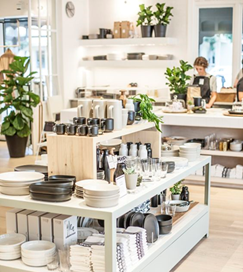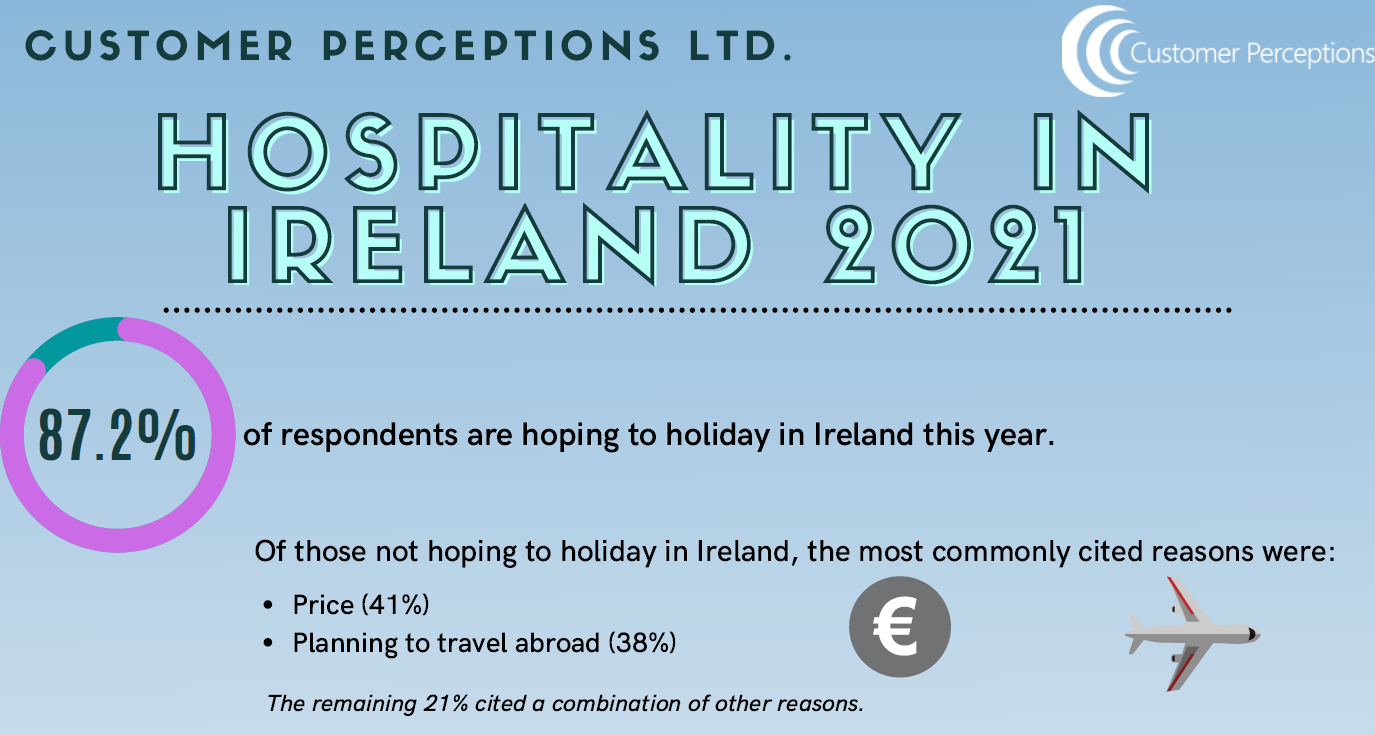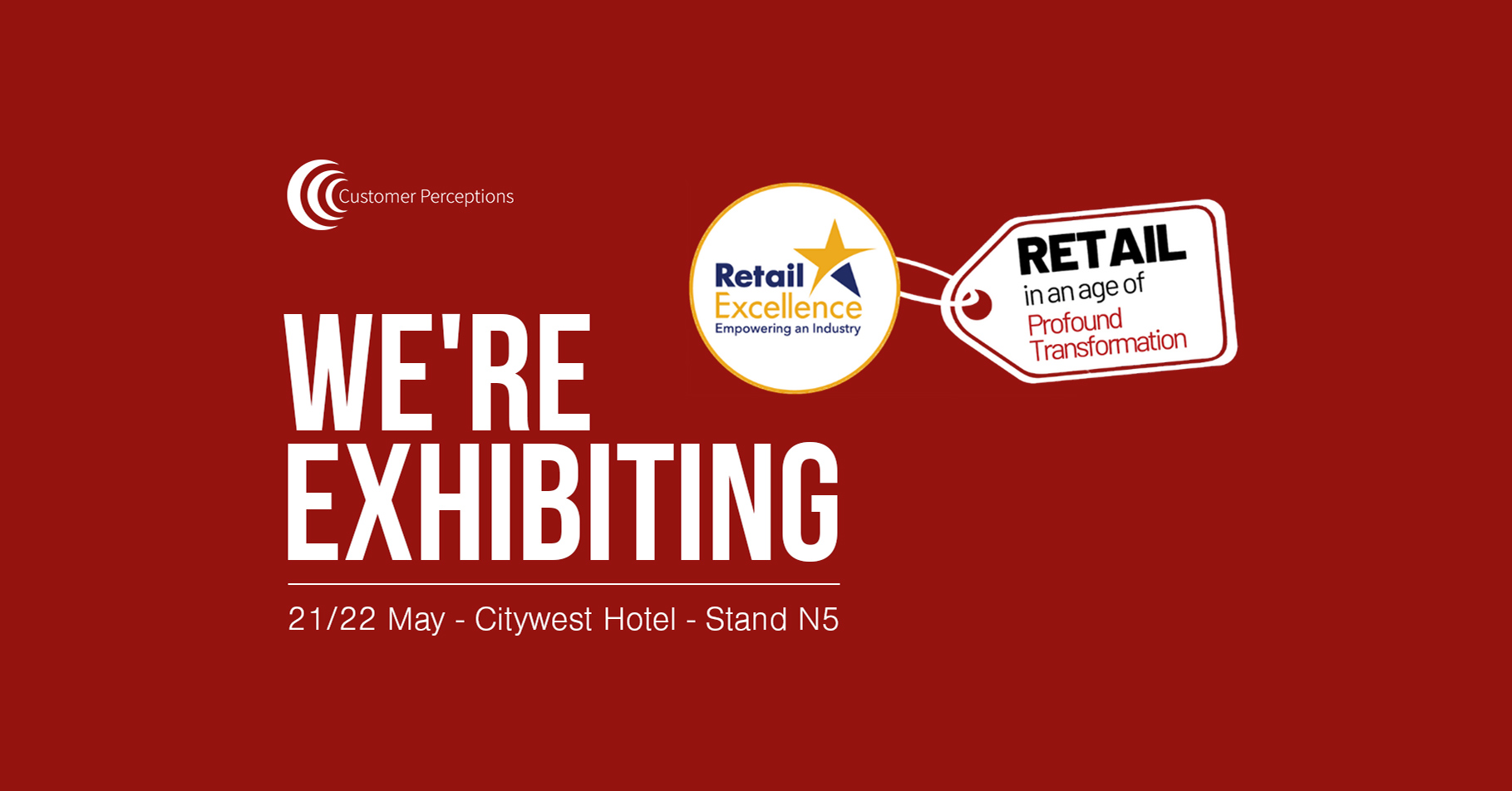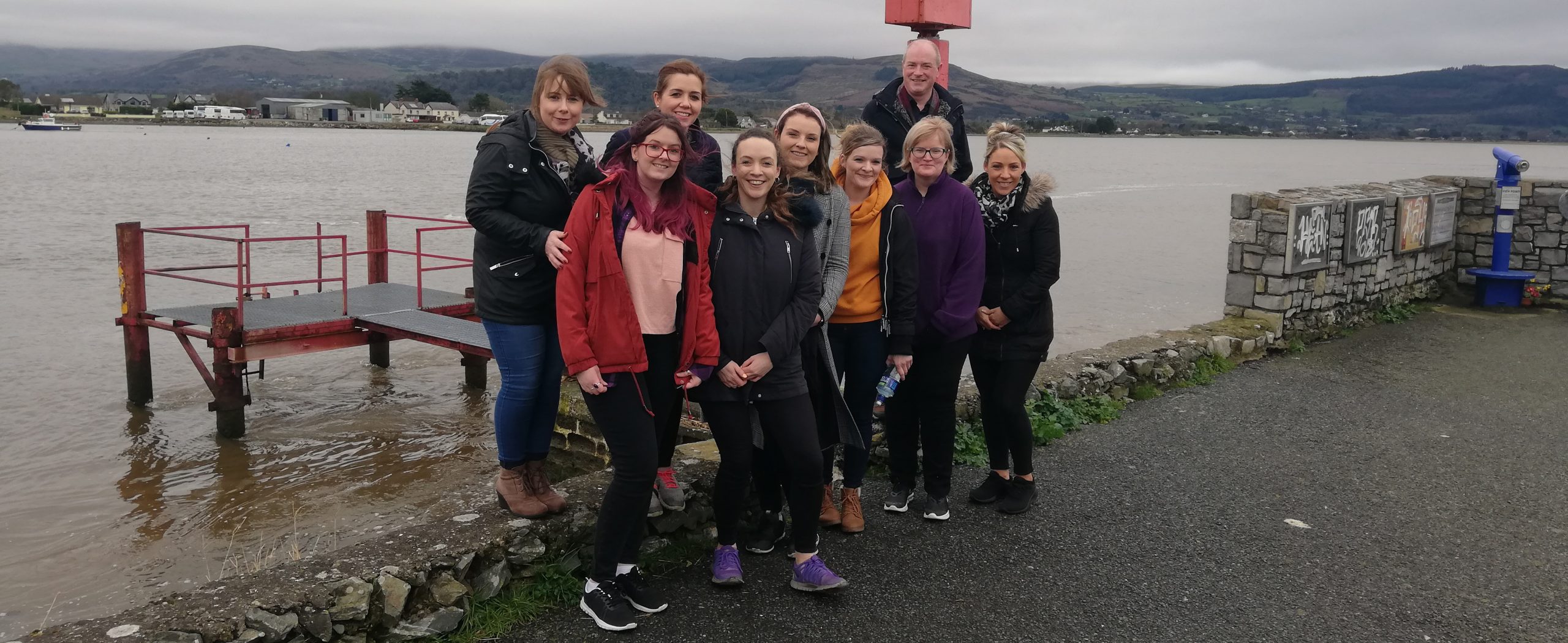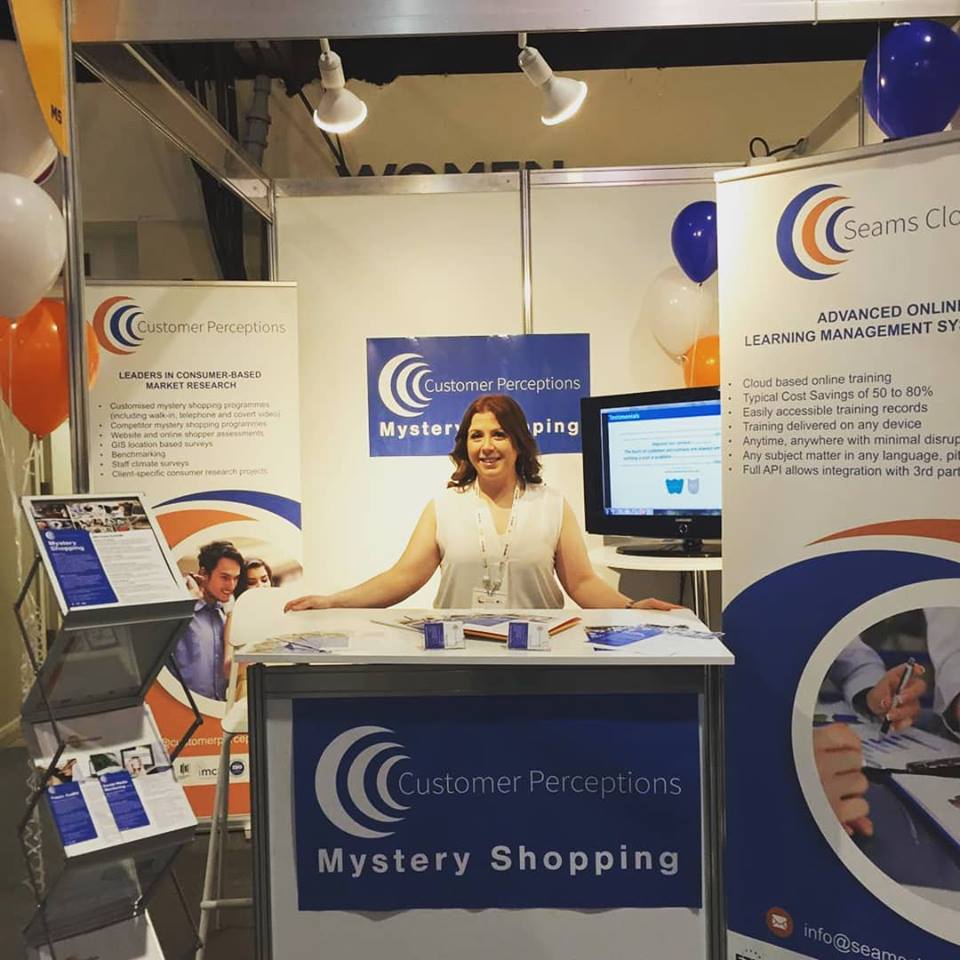Interview with our Managing Director – Emma Harte
Emma Harte has been involved with the Customer Perceptions and Optimum Results teams for almost 20 years. Emma is the backbone of these teams leading by example to hit KPI’s, targets and achieve the business goals. Discover what challenges Emma had to face through her long journey with the company through recessions and pandemics while coming out more resilient on the other side. Have a look at some of the questions thrown to Emma.
How would you describe your role?
Emma considers herself a “jack of all trades” within the business as she has experience in almost every role in the business throughout her 20-year career. However, in the later years of her career leading and supporting the management team while looking after the strategic direction of both companies. This will also be the case moving forward.
The experience and drive displayed by Emma is visible in day to day operations. Spearheading the business strategy forward for both Customer Perceptions and Optimum Results.
What do You Enjoy Most About This Job?
There is no doubt Emma is definitely a people person. She proved it by answering this question almost immediately that “without a doubt it’s the people”. This wasn’t just attributed to staff on the team but to clients, assessors and trainers. Due to the diverse nature of the business you could end up dealing with any industry and definitely meet people from all walks of life. It certainly brings a variety of different challenges and dynamics that the whole company enjoys.
What is the most challenging project your team has worked on & Why?
During the early part of Emma’s career, the shopper base was small with only 200-250 shoppers and she claims she was related to about half of them. However, as bigger clients started to come on board for mystery shopping she had to grow that base up to the thousands in order to meet their needs. That was a huge challenge for organising the trainings and finding the right systems to facilitate the change.
In recent years the most difficult challenge has been the shift from shifting the majority of our focus from the customer experience to shop audits. It involved increased training to “elite shoppers” who are our most experienced and talented mystery shoppers.
What is the most unusual project the team has ever worked on?
Over the years there has certainly been a few unusual projects tossed our way. They are always very interesting for the whole team to work on. The one that stood out to Emma was for an eye laser treatment. The candidates all had to be over forty, have no heart condition and have a stigmatism in one eye on a national scale. Funeral homes also got a special mention, as it involved hiring assessors to go in and measure how understanding and empathetic they were.
What has been the biggest challenge to Customer Perceptions in this Covid era?
There is no doubt the company has overcome many challenges in its’ existence. Even staying afloat was a major concern during this period of time. According to Emma, “the most daunting 48 hours was back in March when almost 90% of our projects paused. It was frightening at the time but thankfully we have maintained really good relationships with our clients and stayed in touch. We did a lot of customer sentiment surveys with our base which provided really good insights into how they were feeling and what our clients could do to offer them something. That was certainly the biggest challenge. Thankfully month on month we are back to where we were.”
What advice would you have for clients or business owners who want to improve their level of customer satisfaction?
Every business should want to improve their customer satisfaction, there is no doubt it is a crucial aspect of any business. If you don’t have satisfied customers, then soon you won’t have any customers. When you don’t have any customers soon you won’t have a business at all just an idea. Emma says that there is nothing to be afraid of. All of our mystery shoppers are trained in Covid compliance and regulations. Our shoppers will comply with the outlets regulations. If a business has customers there is no reason they shouldn’t have a mystery shop. Especially as it has been such a long period without measuring your customer experience. It is so important to get back to those standards operating procedures and experience. From experience we find that issues that get measured tend to be resolved.
What does 2022 hold for Customer Perceptions?
Emma has always been ambitious and we can see this from her goal for 2022. The goal is growth, growth and more growth. Particularly in hospitality alongside food and beverage. The sector has seen a huge incline in the last quarter. Hopefully it will get back to normal and that area will keep improving. The aim is to also increase the shopper base. We need to extend our base to ensure we have every different variety of shopper available for any and every business need.
What excites you most about 2022?
I am sure the thoughts of 2022 probably excites a lot of people in terms of getting everything back to normal. Emma is excited about the development of the TellUsFirst service which is an instant customer feedback platform. It is a cost-effective method for a business to get both positive and negative customer feedbacks. We are also launching an online TelIUsFirst plugin that is available for companies to use on their website. The plugin will give you instant feedback and measure your customer experience for you online store. Especially now that having an online store or presence is a must.
How do you balance being the head of two companies?
Even though the staff are “split” between two different companies, we very much operate as one team here and utilise everyone’s’ expertise to drive the best results across all of our sectors. Thankfully, Emma also sees it that way. “I don’t really look at it as two companies anymore. Maybe in the early days I did. I very much see us as one team. We offer two very complimentary aspects to the business. We have the training consultancy on one side (Optimum Results) and the customer experience on the other (Customer Perceptions). The research from Customer Perceptions identifies the gaps while the training and consultancy (Optimum Results) plugs the gaps.” The team here enjoy providing a complete service for your business needs and providing you with the tools for success.



